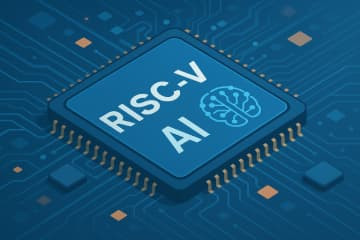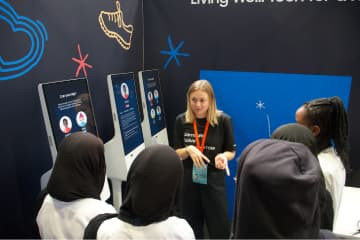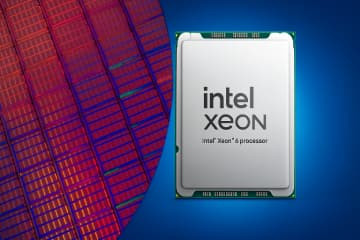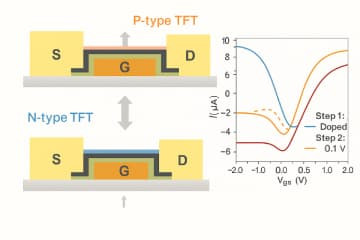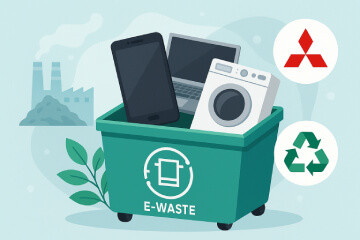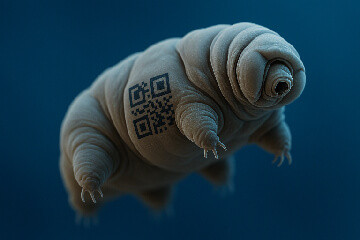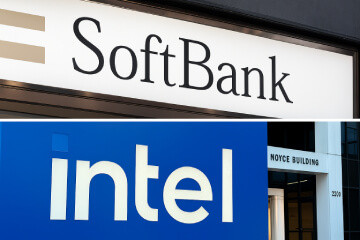Insights
The blog posts that delve into the electronics industry's trends, offering insights and commentary on topics like robotics, e-waste solutions, green energy, electric vehicles, and security. Additionally, the articles investigate innovative approaches to address global challenges.
Key Takeaways: RISC-V is emerging as a flexible alternative to ARM for embedded and AI applications, but its ecosystem is still developing. Innatera's PULSAR is the first mass-market neuromorphic microcontroller, designed to bring...
By Robin Mitchell | 24-06-2025
Key Takeaways: Over 1,500 students participated in Samsung’s tech-for-good design sprint at the Big Bang Fair 2025. 442 innovative ideas were submitted, including emotion-sensing wearables and health-tracking smart devices....
By Matthew Walker | 23-06-2025
Intel Xeon 6 6900P processors with Performance-cores will power Imperial College London’s new HX2 supercomputer, built on Lenovo’s liquid-cooled ThinkSystem SC750 V4 Neptune platform. Part of the ICICLE collaboration, HX2 launches this year to drive...
By Matthew Walker | 20-06-2025
Key Takeaways: Sensor waste is a mounting issue in the IoT era, with billions of short-lived devices contributing to global e-waste. Researchers at the University of Münster have developed a fully inkjet-printable humidity sensor m...
By Robin Mitchell | 20-06-2025
Electropages Podcasts
Key Takeaways: Rice University researchers have developed reconfigurable carbon nanotube transistors capable of switching between p-type and n-type behaviours. These polarity-configurable thin-film transistors (PC-TFTs) enable flex...
By Robin Mitchell | 19-06-2025
Laser Weapons will depend heavily on Silicon Carbide (SiC) Semiconductors. Key Takeaways about SiC Power Modules: The New Backbone of Military Electrification: Modern power converters based on wide bandgap semiconductors offer many advanta...
By Gary Elinoff | 18-06-2025
While smartphones, laptops, and smart appliances have transformed modern life, their rapid turnover and complex construction have created a mounting environmental concern: electronic waste. Despite widespread awareness, most e-waste still ends up in landfills...
By Robin Mitchell | 18-06-2025
Key Takeaways: China’s RISC‑V adoption is no longer grassroots — it’s now national policy, with all domestic IoT chips mandated to adopt the ISA by 2027. Open source is China’s strategic workaround to Western sanctions, allowing ra...
By Robin Mitchell | 17-06-2025
Key Takeaways: A new low-temperature technique using PFBT has been developed to repair sulphur vacancies in molybdenum disulfide (MoS₂), a key material for next-generation semiconductors. The method restores the atomic structure of...
By Robin Mitchell | 17-06-2025
Key Takeaways: Researchers tattooed living tardigrades using ice lithography — a biocompatible nanofabrication process demonstrating unprecedented precision at the microscale. This technique may enable next-gen biodevices — potenti...
By Robin Mitchell | 17-06-2025
Key Takeaways: AI memory bottlenecks are slowing the progress of large-scale models, with current GPU limitations at the centre of the problem. Standard memory technologies like DDR4/5 can’t deliver the bandwidth AI workloads deman...
By Robin Mitchell | 13-06-2025
Key Takeaways about Space-Grade GaN: Enabling the Next Generation of Defence Satellite: Gallium Nitride (GaN) is a type of wide bandgap semiconductor, alongside of SiC The technology has inherently good resistance to radiation, w...
By Gary Elinoff | 13-06-2025
Key Takeaways: Waste-derived TENGs use common bathroom waste materials like towels and scrubbers to generate electricity from everyday movements. Energy output of up to 34.5 μW demonstrates practical use in low-power applications l...
By Robin Mitchell | 12-06-2025
Key Takeaways: UNIST researchers develop electronic skin with unique, unreproducible fingerprints—offering a powerful solution for robotic traceability and identity verification. Electronic skin patterns are physically unclonable,...
By Robin Mitchell | 11-06-2025

